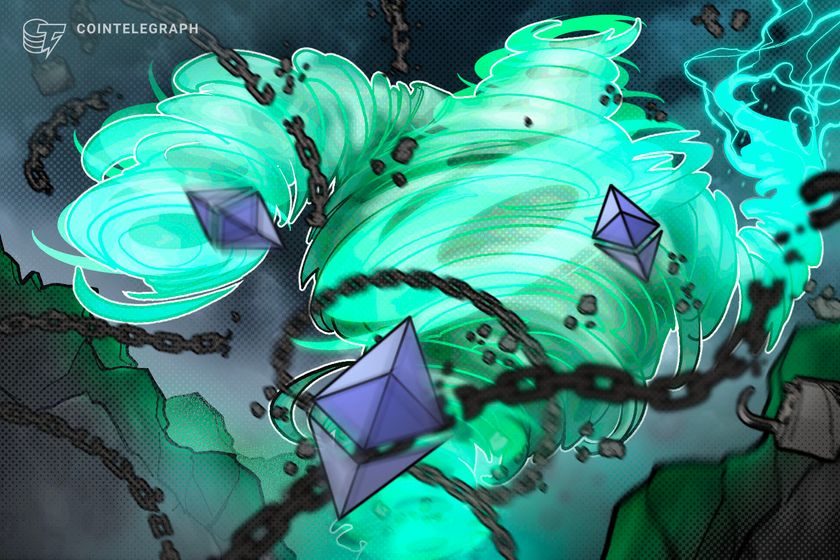
The election of a pro-crypto President in the United States and growing macroeconomic turmoil will continue to drive investors to Bitcoin.
Asset manager and investor Anthony Pompliano recently stated that the global Bitcoin (BTC) arms race between sovereign nations and governments has already started.
In an appearance on Yahoo Finance, Pompliano argued that market participants believe President-elect Trump will keep his campaign promises and establish a Bitcoin strategic reserve, and that doing so would be in the best interest of the United States to prevent being "Front-run by other countries." Pompliano asserted:
The pro-Bitcoin asset manager explained that the race to adopt Bitcoin is primarily driven by currency devaluation and noted that US residents lost approximately 25% of their purchasing power over the last five years.













